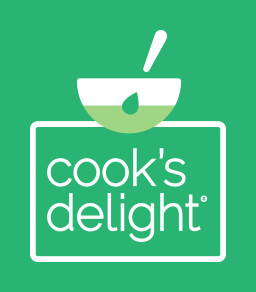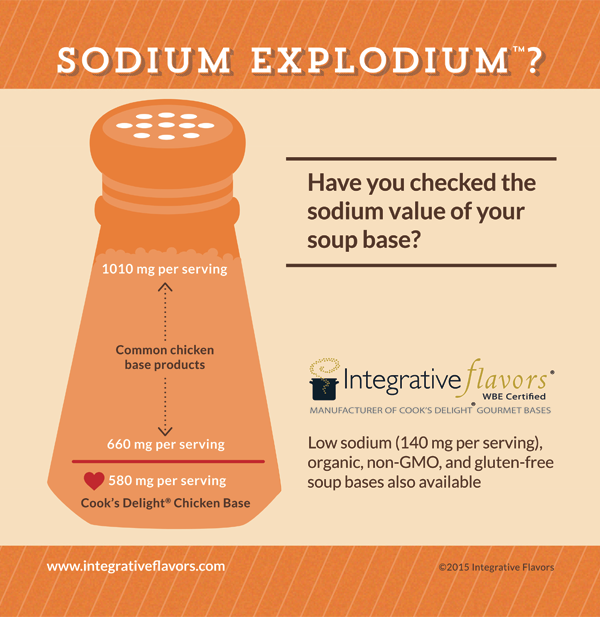Why and How to Beat Sodium Explodium™
What Do You Know About Sodium?
As nutrition advice continues to emerge with advancements in nutrition research, there’s one nutrient that continues to live in the spotlight—sodium. This year, the 2015-2020 edition of Dietary Guidelines for Americans released its sodium advice: “Limit sodium to less than 2,300 mg per day for adults and children ages 14 years and older.” The American Heart Association is not far off with a recommendation of 2,400 mg of sodium per day.
The advice stems from a body of evidence indicating “a linear dose-response relationship between increased sodium intake and increased blood pressure in adults,” according to the Dietary Guidelines. For adults with hypertension or prehypertension, the Guidelines advise further sodium reduction to 1,500 mg per day. The same advice holds for people with diabetes or chronic kidney disease, African-Americans, and adults over age 51.
High blood pressure affects 1 in 3 adults, says the FDA. By damaging blood vessels and organs, excess sodium intake also increases the risk of stroke and kidney disease, says the FDA.
DASH Diet limits sodium
A scientifically based meal plan called Dietary Approaches to Stop Hypertension (DASH), developed by the National Heart, Lung, and Blood Institute, limits sodium to 2,300 mg/day. The DASH plan boosts potassium intake, based on the idea that a higher potassium-to-sodium ratio helps control blood pressure. The simple eating plan once again ranked #1 in “Best Diets Overall” in the annual US News & World Report diet rating this year.
Sodium in processed foods
Table salt is 40% sodium by weight, and the Institute of Medicine reported in 2013 that the average American consumes 3,400 mg of sodium per day. While “sodium” conjures images of salt shakers for most consumers, the American Heart Association reminds us that 75% of the sodium Americans eat comes from restaurant meals and processed food.
FDA – Sodium on Nutrition Facts labels
The FDA defines sodium levels in relation to established Daily Values for food labeling, with these standard terms:
- 5% Daily Value (120 mg) or less of sodium per serving is “low”
- 20% Daily Value (480 mg) or more of sodium per serving is “high”
- “Salt/Sodium-Free” means less than 5 mg of sodium per serving
- “Very Low Sodium” means 35 mg of sodium or less per serving
- “Low Sodium” means 140 mg of sodium or less per serving
- “Reduced Sodium” means at least 25% less sodium than in the original product
High-sodium ingredients in food manufacturing
Food manufacturing ingredients such as monosodium glutamate (MSG ), sodium bicarbonate (baking soda), sodium nitrate, sodium nitrite, sodium benzoate, sodium caprate, sodium caseinate, sodium citrate, sodium erythorbate, sodium propionate, sodium saccharin, sodium sulfite, sodium phosphates, sodium lactate and sodium diacetate all contribute to sodium in food processing and manufacturing, notes the Institute of Food Technologists. These sodium-containing ingredients perform a wide variety of functions.
Flavor without the sodium for food manufacturers (industrial use)
As a flavor enhancer, MSG has received a tremendous amount of bad press and has a widespread “negative association,” says Food Safety News. With “salty” being a basic taste, salt itself is hard for many consumers to reduce. What are the alternatives? Real food flavors! At Integrative Flavors, our low-sodium soup base products and flavor concentrates are formulated to provide high quality, low-sodium ingredients for industrial food applications using a variety of food flavors and special blends. The low-sodium soup base line is also gluten-free. What are you doing in your industrial operation to reduce Sodium Explodium™?

